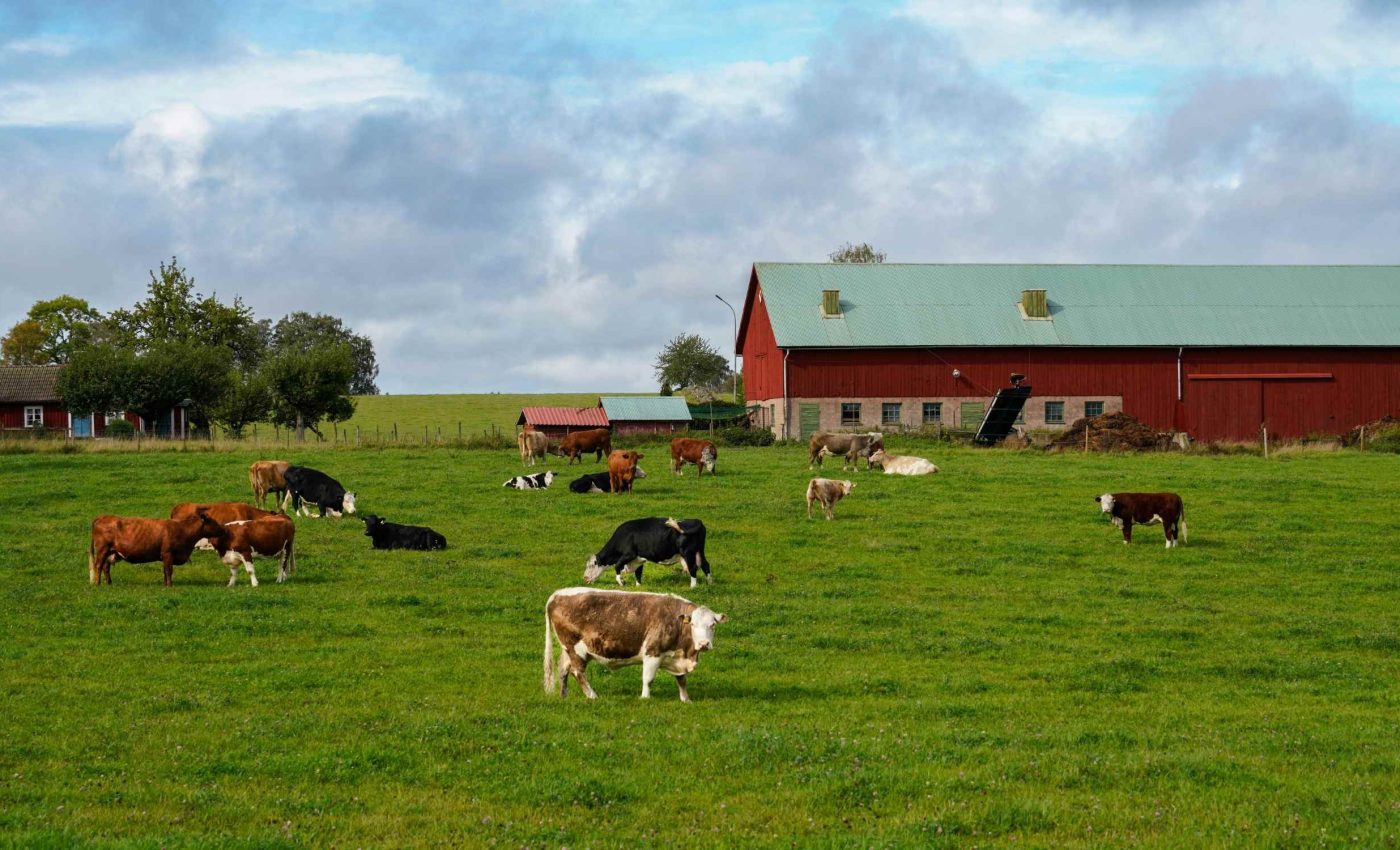
Simple soybean switch is revolutionizing farming
At Preston Dairy in Quincy, Michigan, a quiet ration change has rewritten the farm’s economics. When the herd shifted to roasted high oleic soybeans, milk fat and protein climbed – and daily income over feed cost rose by more than one dollar per cow.
The shift didn’t require unfamiliar supplements or new equipment. It came from soybeans grown nearby, roasted on the dairy farm, and folded into the ration in place of higher-priced purchased fats.
Researchers from Michigan State University studying the farm say the results highlight what high oleic soybeans can offer: steady energy, improved milk components, and lower reliance on outside feed ingredients. For many operations, that combination is rare – and increasingly valuable.
Power of homegrown soybeans
High oleic soybeans, soybeans bred to be rich in oleic acid, give cows a dense source of energy and key fatty acids without the price swings of imported fats.
Farmers can grow them locally, then replace outside supplements with a homegrown feed.
At the farm, butterfat levels rose from 4.4 percent to 4.8 percent soon after the switch, and seed demand spiked across Michigan. Farm managers described it as a once-in-a-generation change.
Researchers noted that high oleic soybeans offer a rare win-win, improving milk components and reducing feed costs while also supporting local crop production. They added that this kind of integrated impact is exactly what their research aims to achieve.
Soybeans into dairy feed
Roasting matters because it changes how nutrients pass through the cow. Rumen bypass protein, the fraction of dietary protein that escapes the cow’s rumen and is digested later in the small intestine, increases when beans are heated correctly.
In a controlled crossover trial, Michigan State University researchers found that roasted high oleic soybeans increased milk, milk fat and milk protein more than raw high oleic soybeans at the same inclusion rate.
Oil form can work too. Supplementing diets with high oleic soybean oil kept milk output steady while raising milk fat concentration and total fat digestion.
On farms, roasting also helps beans replace expensive palm-based fats and certain amino acid products. That lets nutritionists rebalance rations with more homegrown energy and protein.
Evidence behind the gains
Dose-response evidence now spans multiple inclusion levels in high-producing cows. In a midlactation dose escalation study, increasing high oleic soybeans up to 24 percent of diet dry matter improved production responses and feed efficiency without draining body reserves.
Earlier work with high oleic soybean genetics points the same direction. Compared with conventional soy sources, high oleic diets lift milk fat concentration while maintaining rumen health and overall production.
Heat treatment fine-tunes results. The raw versus roasted experiment above showed greater gains with roasted beans at the same dietary level, reinforcing on-farm practice to roast for consistent performance.
Together these studies build a simple idea into a reliable feeding strategy. The mechanism is straightforward, as oleic acid, a common monounsaturated fat in olive oil, is well used by the cow for milk fat synthesis.
Dairy profit lift from soybeans
Economists have now put numbers to the barn talk. An analysis found that milk income less feed cost often rises when milk fat increases and beans displace purchased supplements, with benefits sensitive to milk pricing and bean costs.
On a working dairy, those gains compound across a herd and a month. Preston Dairy reports well over one dollar per head per day after switching to roasted high oleic beans and cutting purchased fats and bypassed lysine, an essential amino acid important for milk protein synthesis.
Amino acids that matter
Lysine is one of the key building blocks of milk protein. Cows cannot produce it naturally, so it must come from their feed. Diets low in lysine can limit milk yield even when energy and other nutrients are sufficient.
By using roasted high oleic soybeans, farmers can balance both energy and amino acid supply without relying on expensive supplements.
The combination supports steady milk production, higher butterfat, and overall feed efficiency, which translates to better profitability for dairy operations.
Success still depends on details. Farms need sound roasting, tight particle size control, and a nutrition plan that balances protein, fiber and starch around the beans.
Stronger dairy supply ahead
Michigan has about 850 dairy farms and roughly 436,000 cows, a sector that drives significant state income and jobs.
If more farms can grow and feed these beans, the benefits can extend beyond one county line.
More locally grown feed, more consistent milk components, and fewer imported fats add up to a stronger, more resilient dairy supply.
The study is published in the Journal of Dairy Science.
—–
Like what you read? Subscribe to our newsletter for engaging articles, exclusive content, and the latest updates.
Check us out on EarthSnap, a free app brought to you by Eric Ralls and Earth.com.
—–













